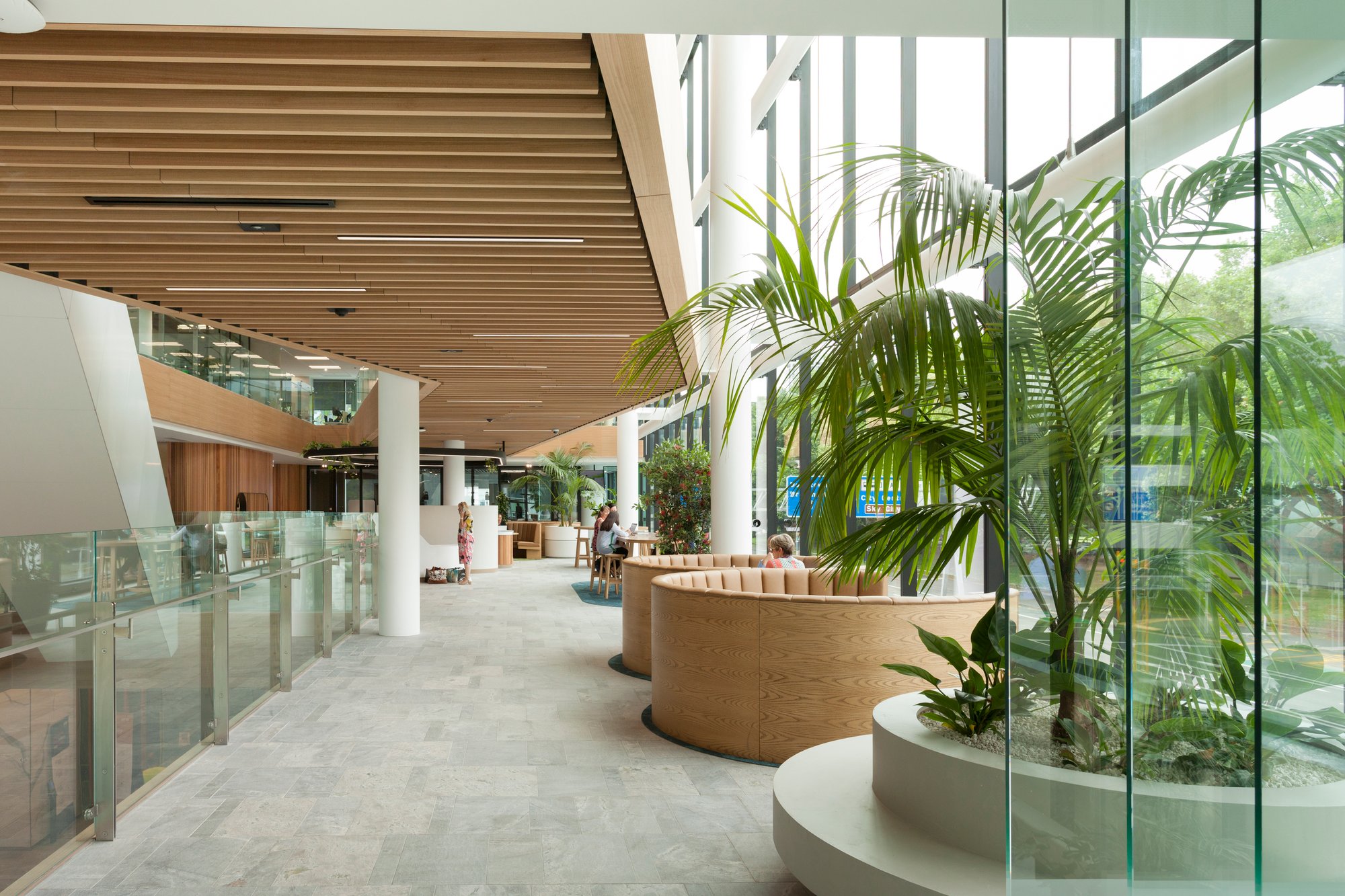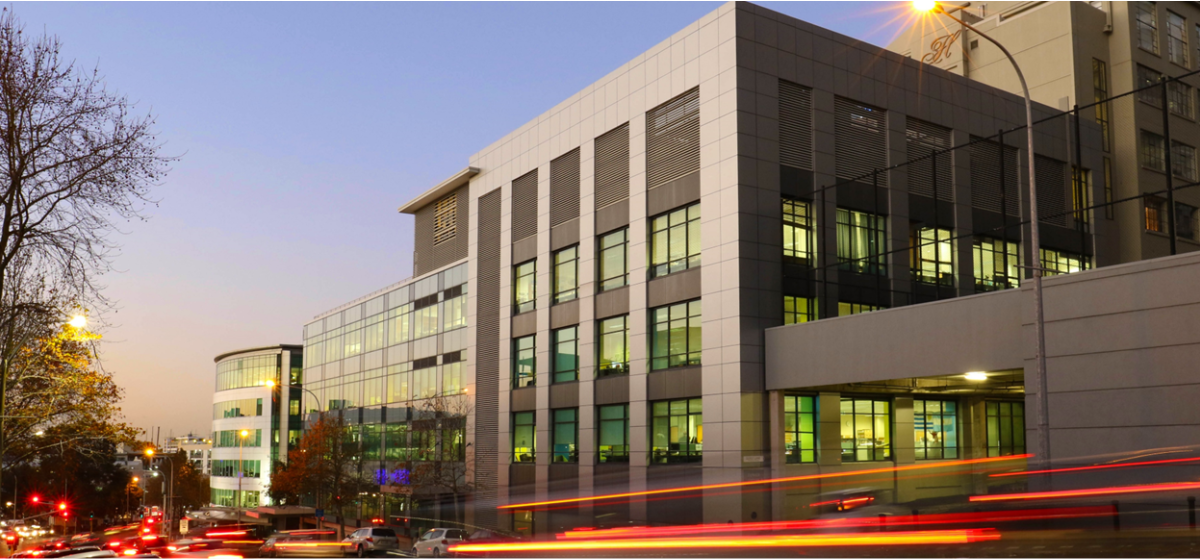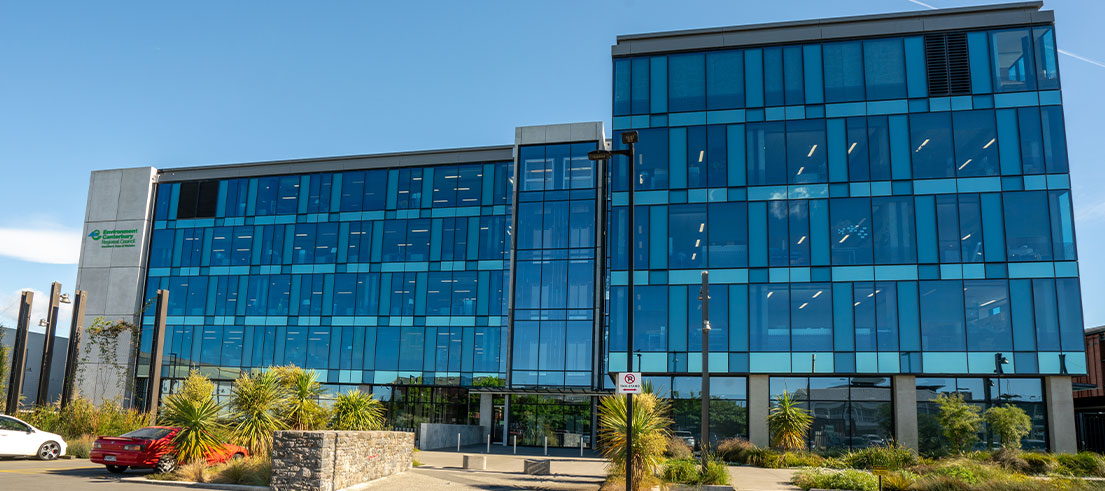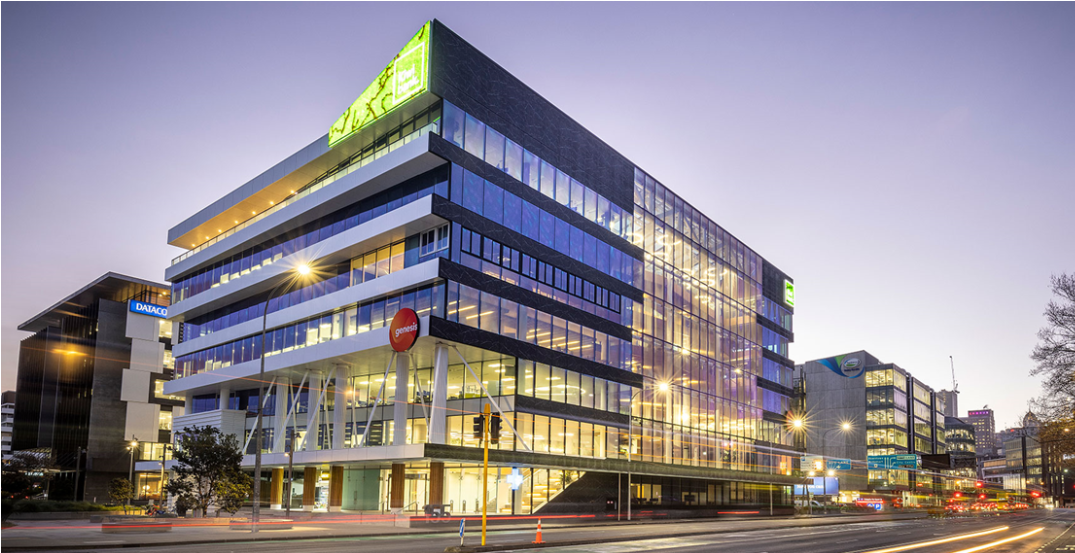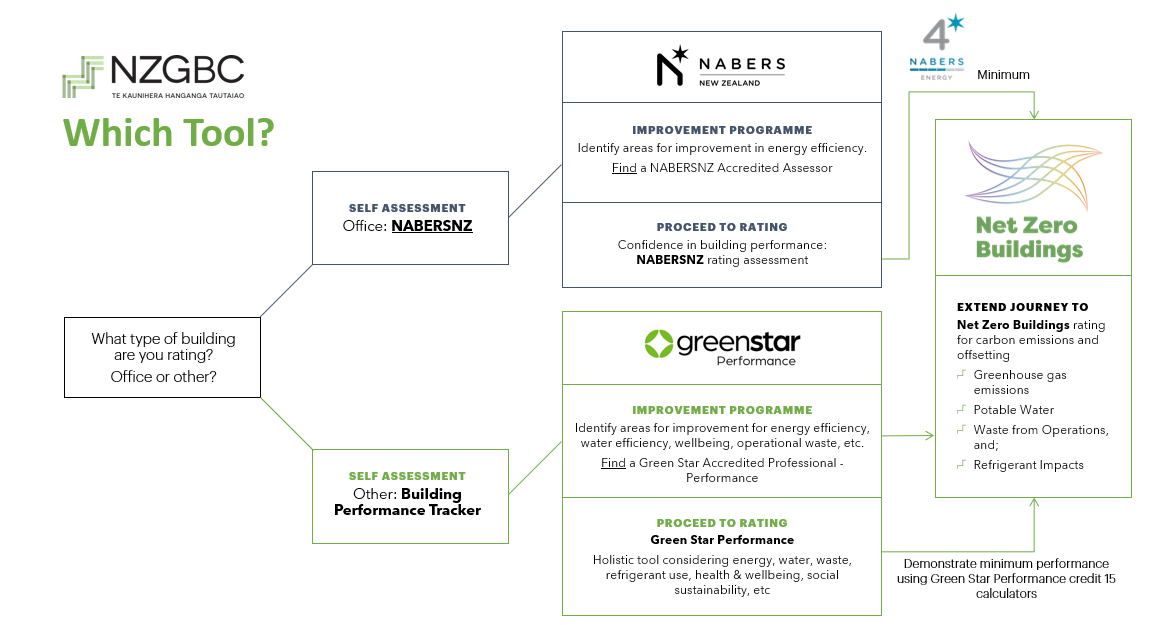Net Zero Carbon certificate
Net Zero Carbon public report
The building was completed in October 2020, and has been awarded a ‘world leadership’ 6 Green Star Design and 6 Star Green Star Office Built ratings, and a 5 star NABERS Energy rating on 21/5/2023.
155 Fanshawe St breathes sustainability top to bottom. The building's rooftop is equipped with solar panels and rainwater harvesting, with a basement hosting 10 rapid charging docks for electric vehicles, 95 bike parks, and ultra-modern end of trip facilities.
With its orientation and form focused on bringing the outside environment indoors alongside state-of-the-art building services, 155 Fanshawe St is a green exemplar for the commercial property sector.
In the context of 155 Fanshawe Street, operational emissions are those generated from the day-to-day running of the building. This includes all category 1 and 2 emissions, including lighting, space heating and cooling, and category 3-6 emissions such as those generated from operational waste, water consumption and disposal.

-png.png)

